Discover
Services & Facilities
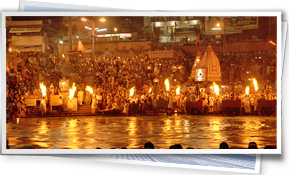
Har ki Pauri
Also known as Har ki Pairi, it is the centre of attraction in the pilgrimage town of Haridwar. Devotees gather here to take a holy dip in the Ganges and to offer prayers. The celebration Ganga Aarti is a sight to behold here for tourists. The aarti ceremony takes place here every evening at 7 pm. As the river Ganga is worshipped, hundreds of diyas are set afloat along the river.
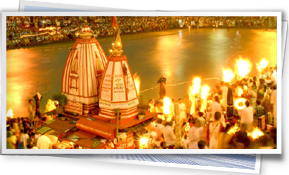
Ganga Arti
Haridwar, is one of the most religious town in Uttarakhand and it is this very holy town that hosts the famous ‘Maha Aarti’, every evening. The most pious ghats of Ganges in Uttarakhand is Harki Pauri, an important bathing ghat. This also the venue of the famous Kumbh Mela, that is held once in twelve years. During this festival an estimated 45 million people converge here to bathe in the sacred waters of the Ganges as part of a purification ritual.
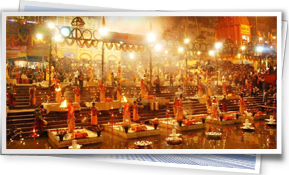
Maha Aarti
To see the most breathtaking sight in Haridawar, come to the Harki pauri ghat in the evening, when the daily ritual of ‘Maha Aarti’ takes place. When the sun goes down, the most awaited activity of the evening Aart takes places on the ghat. Ganges is decorated as a newly wedded bride and glows with fluorescence of the thousands and millions of diyas and marigold petals.
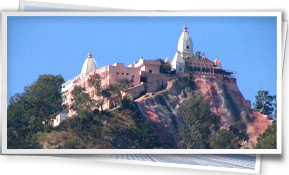
Mansa Devi
One of the most visited temples in Haridwar, Mansa Devi Mandir occupies a place on top of the Shivalik hills. The temple is dedicated to Goddess Mansa Devi, believed to fulfill the wishes of those who visit here. It is a tradition with the devotees to tie sacred threads around the tree that stands within the premises of the Mansa Devi temple.
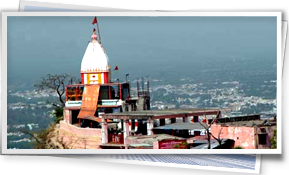
Chandi Devi
The temple stands in dedication to Goddess Chandi. One of the most ancient in the country, the temple can be reached either by a ropeway ride or by undertaking a steep climb, that takes up around 45 minutes. The rituals at the temple begin as early as 4 am in the morning. Visitors are required to strictly follow the dress code before entering the premises of the Chandi Devi temple.
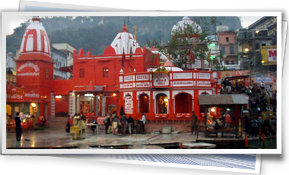
Maya Devi
Dedicated to goddess Maya Devi, the temple is a major attraction for all visitors to Haridwar. The temple is counted as one of the shaktipithas in India. According to the Hindu mythology, it is the place where the heart and navel of goddess Sati fell down, while Lord Shiva was carrying her burnt body. Numerous festivals are held at the Maya Devi temple in keeping with the customs and traditions.
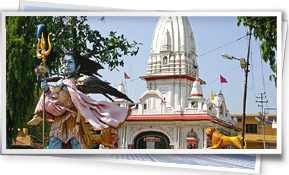
Daksha Mahadev Temple
The temple is situated towards the south of the Kankhal town. Built by Queen Dhankaur in AD 1810, the Daksha Mahadev Temple is the site where Daksha performed a yagna (a Hindu ritual to invoke gods and seek their blessings). It is a place of pilgrimage for Shaivaite devotees on Maha Shivaratri. It is named after King Daksha Prajapati, the father of Sati.

Parad Shivling
The words ‘Parad Shivling’ have been derived from ‘parad’ (meaning mercury) and ‘shivalinga’ (a sacred symbol of Lord Shiva). That’s why, the Parad Shivling is also sometimes referred to as the Mercury Shivalinga. The mythological site is located in the historical town of Kankhal, at 6 km from the town of Haridwar. The Parad Shivling remains enshrined inside the premises of the Harihar Ashram in Kankhal.
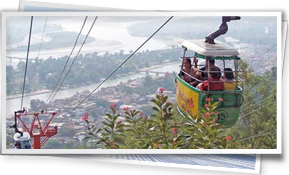
Udan Khatola
The amazing Udan Khatola is a ropeway that is used to reach the temples on the hill. This cable car rope-way to the Gods came to serve a decade ago saving precious human time where a journey is complete within five minutes instead an hour of steep trekking routes. The Udan Khatola is one of the major attractions of the place and catches the attention of people from all over.
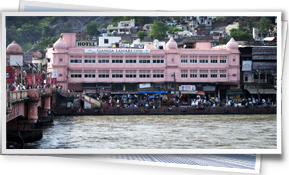
Gau Ghat
One among the many sacred sights of Haridwar is Gau Ghat its located across Subhash Ghat. Just like a dip in the holy Ganges, one can experience a feeling of wellness after taking a dip in this Gau Ghat. A dip in this holy river is known to pardon the sin of slaughtering cows. The Gau Ghat is also known to offer solace to those who have lost their near and dear ones.

Moti Bazaar
Situated between Har-ki-Pauri and Upper Road, Moti Bazaar is the main market in the holy city of Haridwar. This market is famous for woollen garments and religious items. Among the religious items available here are prayer bells, brass idols of Hindu deities, rudraksha or sacred beads, precious stone (for prosperity), vermillion and Gangajal (water of holy Ganges) stored in a container.
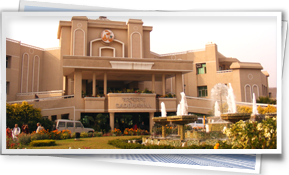
Patanjali Yogpeeth
It’s an initiative of Yoga guru, Swami Ramdev, who’s got India on the world map, owing to Ayurveda, yoga and meditation and herbal sciences. A walk inside the precincts can give you a sneak peek on the health revolution that swept across India and the whole world, owing to these practices. You can even stay here for days at stretch and enrol for these courses.
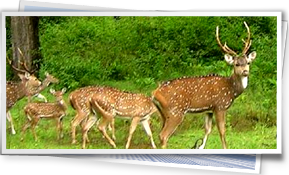
Chilla Wildlife Sanctuary
Chilla Wildlife Sanctuary, located on the east bank of the River Ganges, sprawls over an area of 249 sq. km. Established in 1977, this sanctuary was however combined with the sanctuaries of Motichur and Rajaji in 1983 so as to create Rajaji National Park. Situated at a distance of 10 km from Haridwar, the wildlife residing in this sanctuary includes elephants, tigers, bears and small cats.
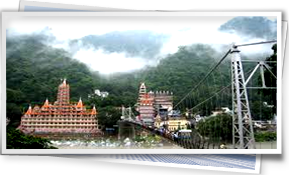
Rishikesh
Rishikesh has spectacular view of jungle-clad hills. Rishikesh has also confluence of River Ganges and Chandrabhaga. The glorious attraction of Rishikesh is none other than the great river Ganges herself, running rapidly throughout the city. In the ancient time and still so many yogis, rishis, sages and sannyasis attracted to Rishikesh to practice yoga in this peaceful location.










